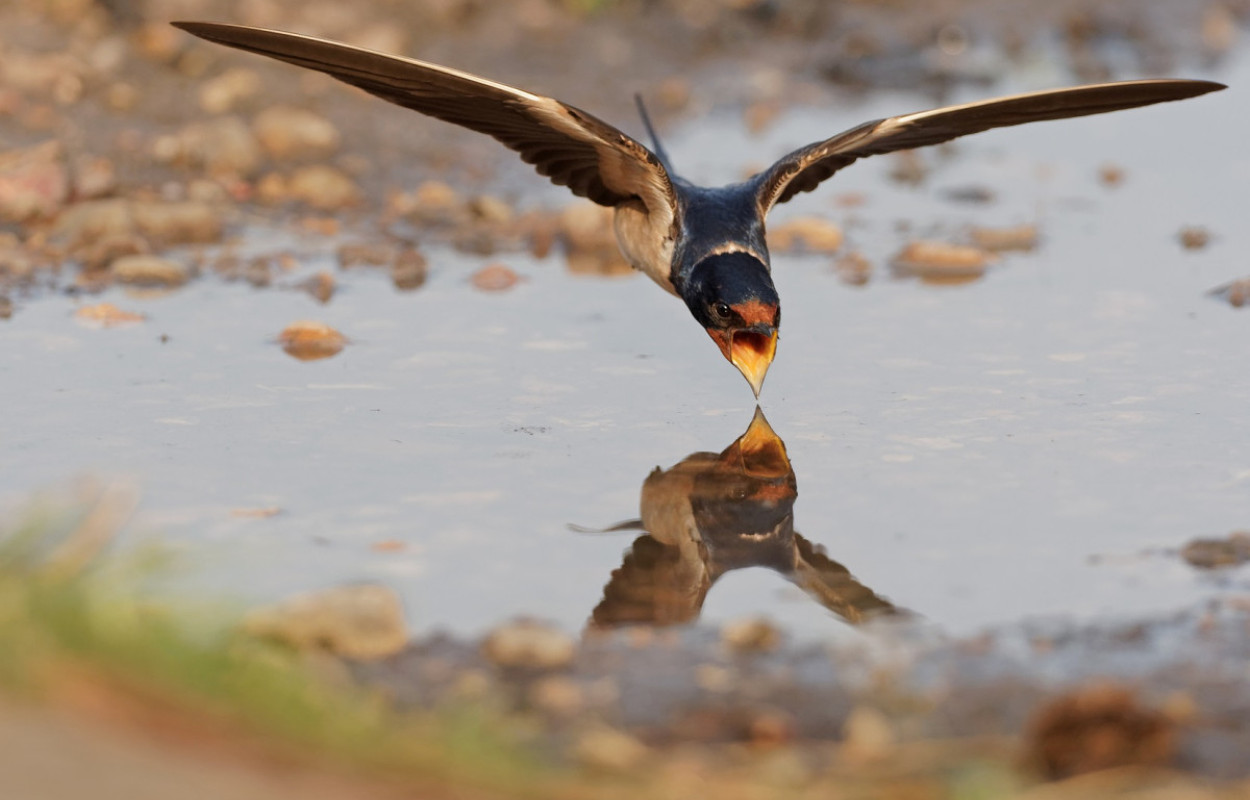Aerial insect biomass, but not phenological mismatch, is associated with chick survival of an insectivorous bird

Author(s): Martay, B., Leech, D.I., Shortall, C.R., Bell, J.R., Thackeray, S.J., Hemming, D.L. & Pearce-Higgins, J.W
Published: March 2023
Journal: Ibis
Digital Identifier No. (DOI): https://doi.org/10.1111/ibi.13190
Recent declines in insect populations may have consequences for the bird species that feed on them. For example, a decline in the numbers of available insects might reduce the breeding success of insectivorous birds, and lead to a reduction in the size of their populations the following year. As well as actual declines in insect numbers, their availability to birds could be dictated by other factors. Most species are shifting the timing of their life cycles in response to warming but different types of species change at different speeds, so breeding birds that feed their young on insects might find that the seasonal peak in prey abundance no longer matches the peak food demands of their own chicks.
Using two overlapping datasets from southern England, one a 29-year time series of aerial insect biomass and the other matching data on Swallow numbers and breeding success, the authors of this paper were able to explore the relationships between predator, prey, and a changing climate. Insect data came from suction traps operated as part of the Rothamsted Insect Survey, which sample aerial insect abundance across a series of sites. Data on Swallow numbers came from the Common Bird Census (CBC) while those on Swallow breeding success came from Nest Record Scheme volunteers monitoring Swallow nests within 100 km of each of the four suction traps included in this study.
The analyses explored i) the link between Swallow breeding success and insect abundance and weather, ii) the link between insect abundance and its timing, with prey availability to breeding Swallows, and iii) the link between insect abundance and Swallow population growth.
The results revealed a positive relationship between Swallow chick survival and the biomass of aerial insects available, with survival through to fledging higher where aerial insects were more abundant. Interestingly, insect availability for the chicks was largely a function of the year-to-year variation in insect abundance rather than the timing of egg laying and insect emergence. The study failed to find any evidence of a link between insect abundance and Swallow population growth, something that contrasts with another recent study.
This study underlines the value of long-term monitoring of bird populations and the prey species on which they feed. It also demonstrates that changes in insect abundance can affect the productivity of an insectivorous bird at a regional scale.
Abstract
Recent insect abundance declines may have affected populations of insectivorous bird species but evidence for this is limited. Here, we use spatially overlapping 29-year time-series of aerial insect biomass and Barn Swallow Hirundo rustica numbers and breeding success from southern England to model the association between changes in invertebrate prey abundance, Swallow productivity and population trends.
We found a positive statistical relationship between Swallow chick survival and the biomass of aerial insects available for chicks. In nests where at least one chick fledged, 96.7% of chicks were predicted to survive to fledging where there was high insect biomass (an average of 0.62 g/day), compared with 87.4% of chicks surviving to fledging where there was the lowest insect biomass (0.02 g/day; excluding the greatest and smallest 5% of insect biomass measurements).
The amount of food available for chicks was largely a function of annual variation in insect abundance rather than the phenology of egg-laying and insect emergence. However, we did not find a correlation between annual insect abundance and subsequent Swallow population growth. In the context of concerns about declining insect abundance, this study shows how changes in insect biomass may affect the productivity of an insectivorous bird at a regional scale, but with uncertain implications for population size at that same scale.









Share this page